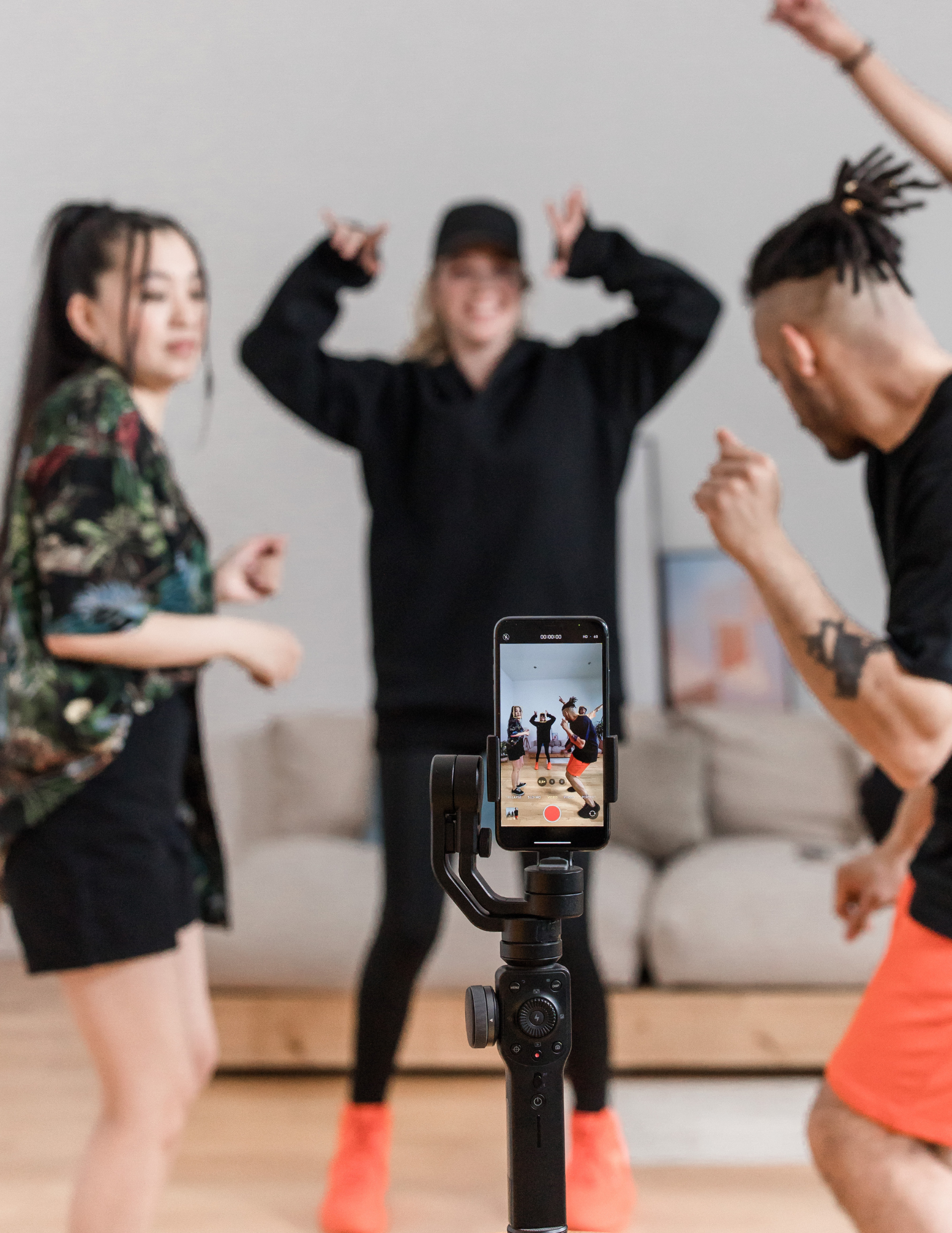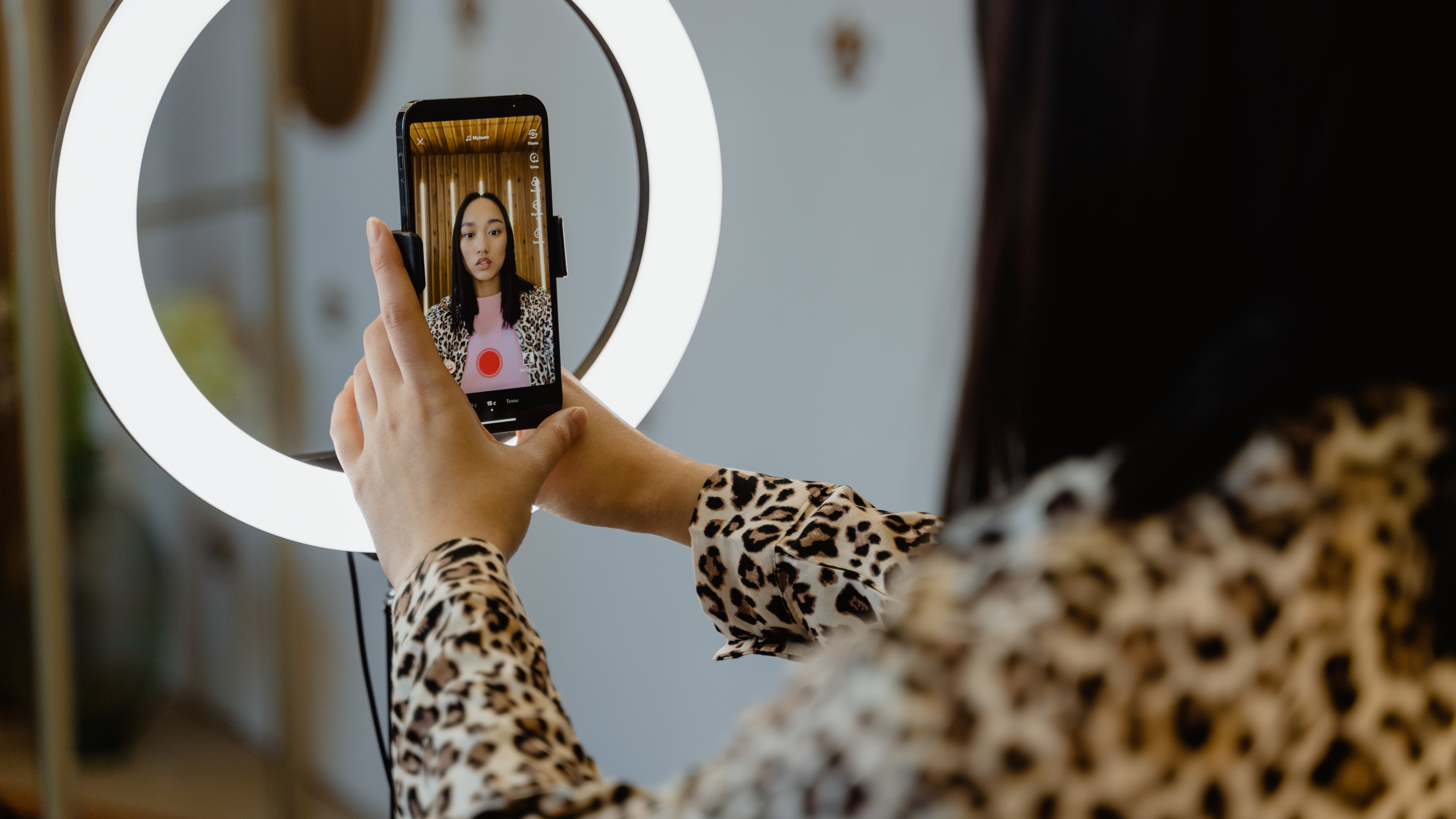About this presentation
Social media has been a place for people, especially teens and young adults, to have a safe space for connecting with others with aligned interests and perspectives. In recent years, social media creators have centered content on mental health, which has started important conversations in reducing stigma and has enabled others to learn about mental health disorders and get support from peers going through similar experiences. However, social media can be a hotbed for spreading misinformation.
Clinicians have noticed a spike in young people presenting with self-diagnosed disorders, especially, attention-deficit hyperactivity disorder (ADHD), autism spectrum disorder (ASD), tics and Tourette’s, obsessive-compulsive disorder (OCD), dissociative identity disorder (DID), and personality disorders. But they are at a loss as to how to accurately assess these conditions when their clients come in with strong attachments to particular diagnoses and recite well-studied clinical criteria.
In this talk, we will discuss the current research on the benefits and harms of mental health social media content and how clinicians can balance their ethical responsibilities and the client-practitioner relationship in assessing clients. There will also be a discussion of how clinicians can engage in effective outreach in supporting access to evidence-based, reliable information to teens and young adults searching for help.

What you'll learn
At the conclusion of this presentation, attendees should be able to identify the evidence based for how social media use has contributed to diagnostic presentations in adolescents and young adults, and how their ethical obligations intersect with their clinical relationship in supporting individuals obtaining the right help for them.
Learning Objectives
- Describe epidemiological connections between social media use and diagnostic presentations based on the current research.
- Describe at least 3 ethical principles that apply to working with clients who have strong attachments to self-diagnosed disorders.
- List at least 4 skills to enhance clinician-client relationships when there is disagreement in diagnosis.
- Describe at least 2 ways clinicians can contribute to combating misinformation in media regarding mental health diagnosis.
About the presenter
Laura Rowley, PhD is a licensed clinical psychologist. Laura obtained her doctorate from Wayne State University. She completed her APA-accredited internship and postdoctoral fellowship at Primary Children’s Hospital. Laura is currently the Program Director for the Assessment and Testing Team at Utah Center for Evidence Based Treatment, where she specializes in testing services for neurodiverse children and adults.
Program Notices
This program discusses ethical codes in clinical practice for psychologists. It may not include information on all mental health professions. Misapplication of the materials, or errors in the materials, could result in non-compliance with applicable laws or ethics code.
There are no known risks to attendees or patients. As with all clinical work, attendees should be thoughtful about applying clinical strategies and obtain appropriate training and supervision.
Conflicts of Interest: None noted.
Commercial Support: None.
References:
American Psychological Association. (2017). Ethical principles of psychologists and code of conduct (2002, amended effective June 1, 2010, and January 1, 2017). https://www.apa.org/ethics/code/
Geidinghagen, A. The tic in TikTok and (where) all systems go: Mass social media induced illness and Munchausen’s by internet as explanatory models for social media associated abnormal illness behavior. Clinical Child Psychology and Psychiatry. 2022.doi.org/10.1177/13591045221098522
Gupta, S, Bhusan, DS, Mahajan, R. The role of social influencers for effective public health communication. 2021. doi: 10.1108/OIR-01-2021-0012.
Olvera, C., Stebbins, G.T., Goetz, C.G., Kompoliti, K. TikTok Tics: A Pandemic Within a Pandemic. Movement Disorders Clinical Practice. 2021; 8(8), 1200-1205. doi.org/10.1002/mdc3.13316
Pringsheim, T., Ganos, C., McGuire, J.F….et al. Rapid onset functional tic-like behaviors in young females during the COVID-19 pandemic. Movement Disorders. 2021; 36(12) 2703-2713. doi.org/10.1002/mds.28778
Yeung, A., Ng., E., AbiJaoude, E. TikTok and Attention-Deficit/Hyperactivity Disorder: A Cross-Sectional Study of Social Media Content Quality. The Canadian Journal of Psychiatry. 2022; doi.org/10.1177/07067437221082854

